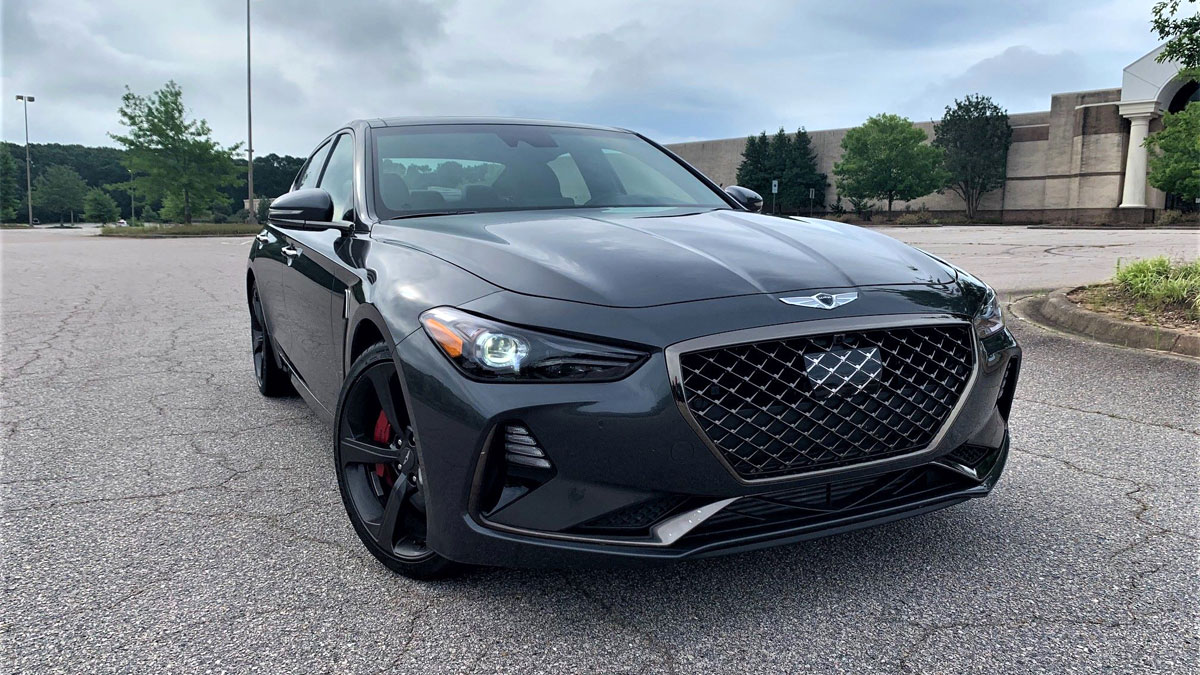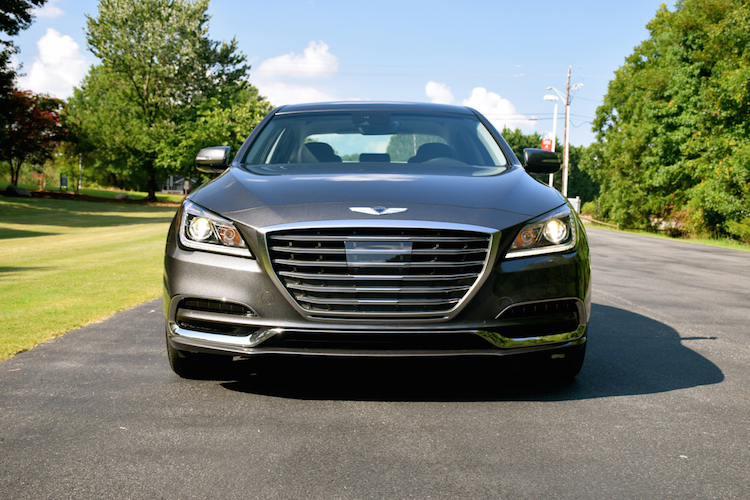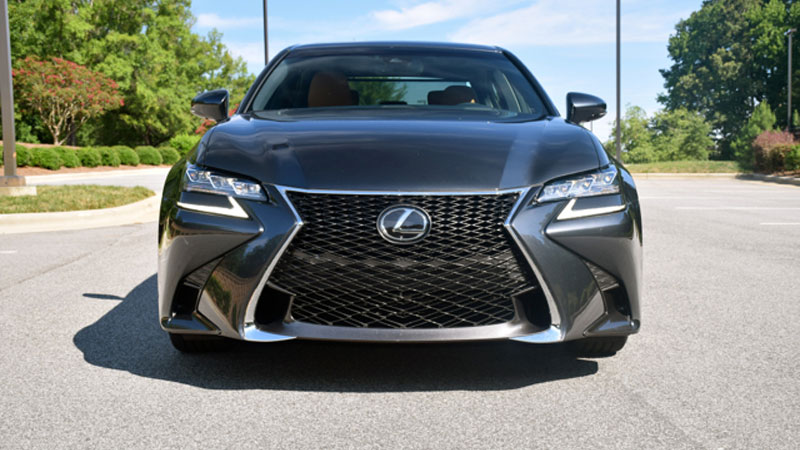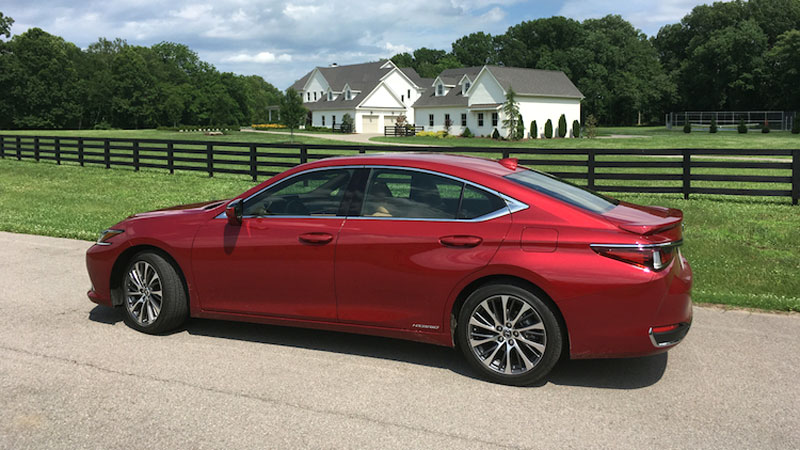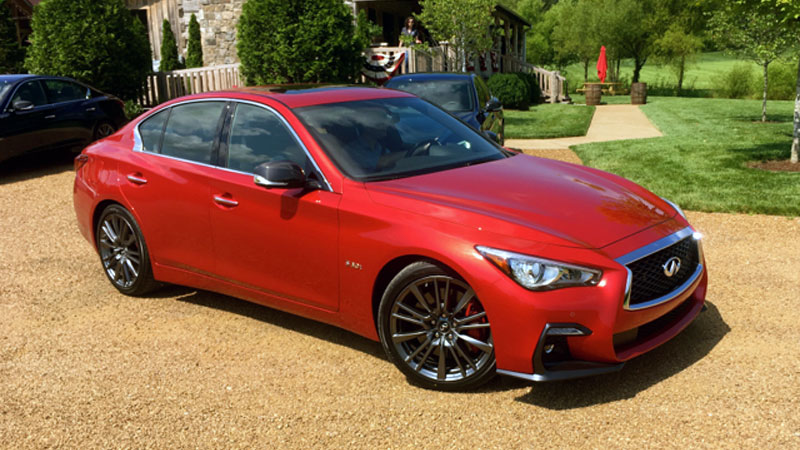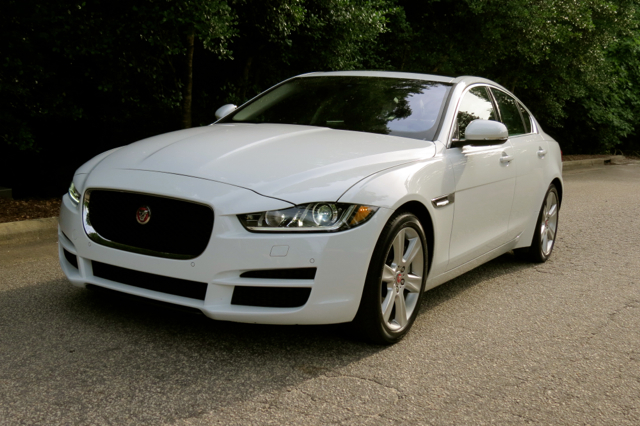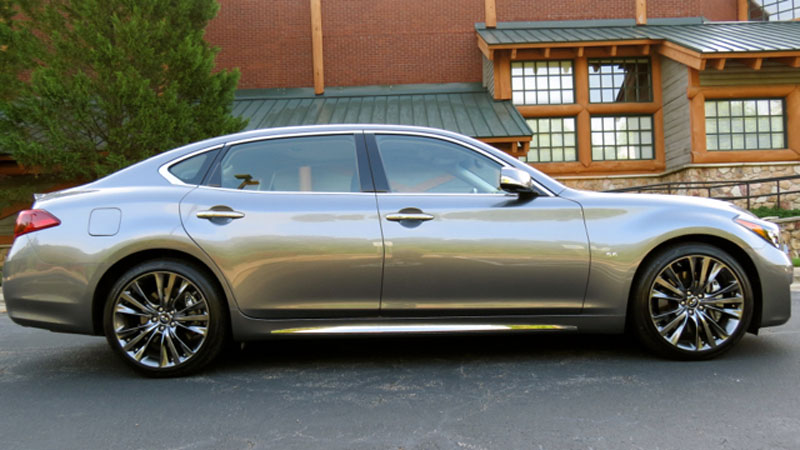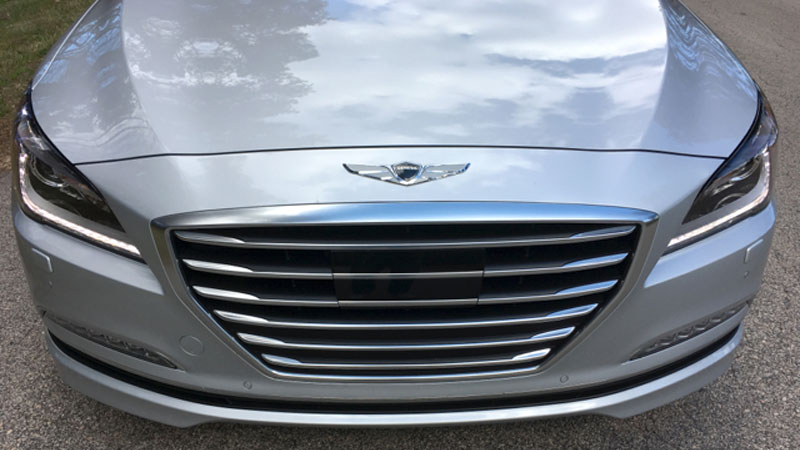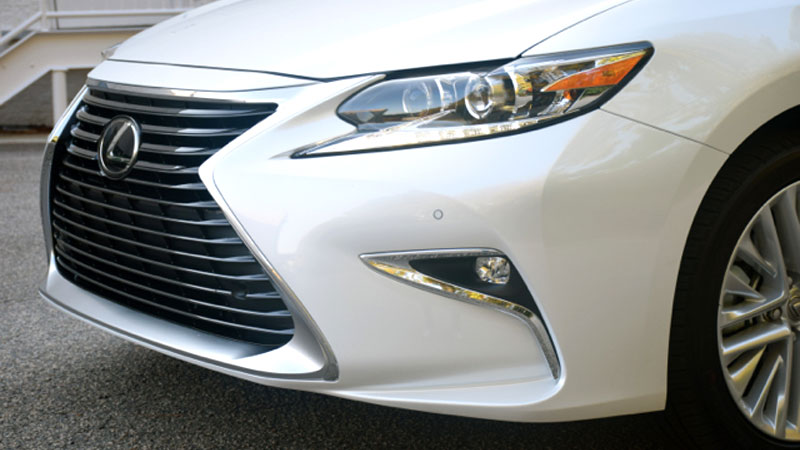A Touch of Sport: The 2021 Infiniti Q50
The Infiniti Q50 is one of two performance cars from Nissan’s luxury brand. Not all premium and luxury manufacturers have given up on cars. For a select group of devotees, that is welcome news. For its part, Infiniti offers a pair of compact luxury car models. These are the Q50 … Read more


